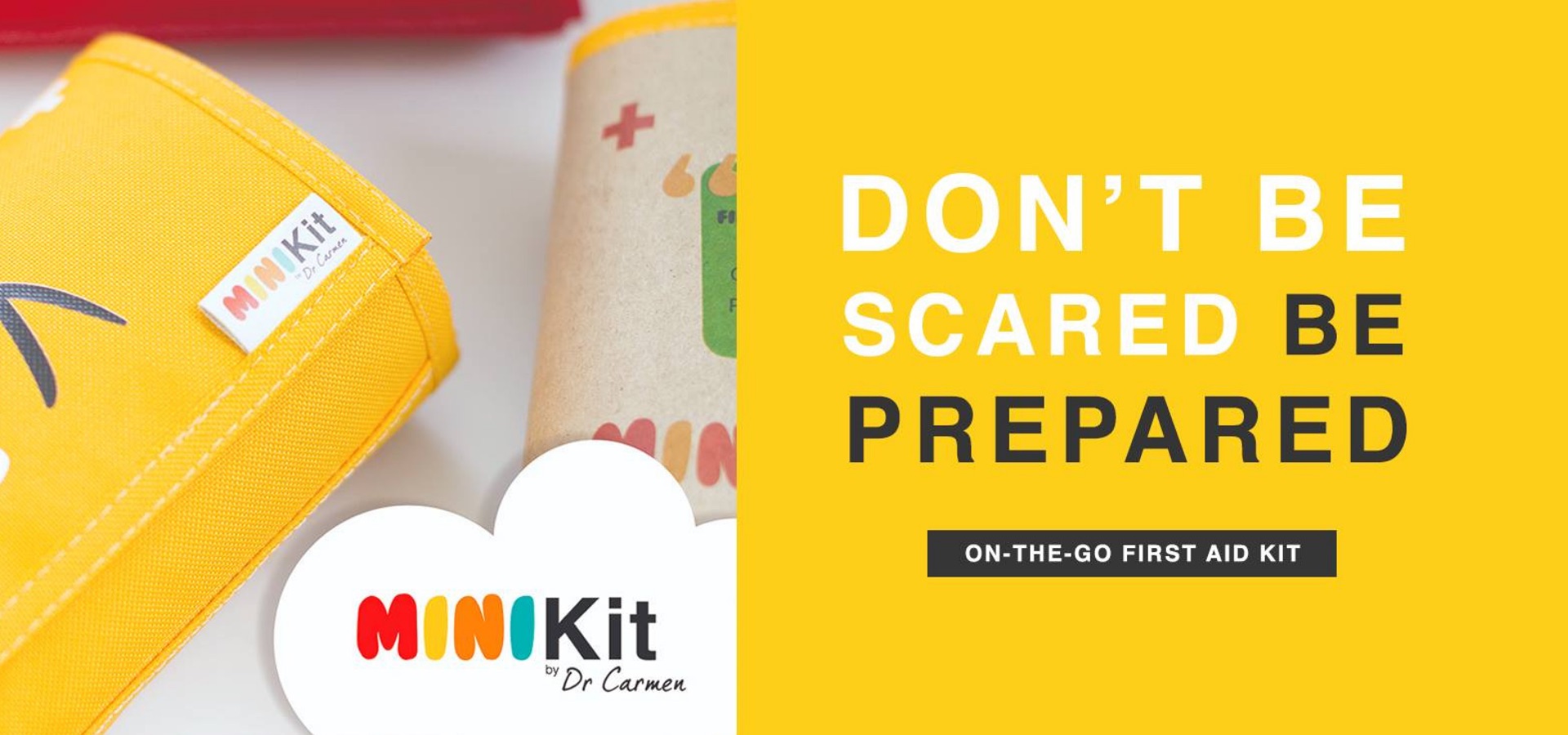
HOW TO IMPROVE YOUR CHILD’S ACADEMICS
Believe in yourself. Assess your current academic performance and set appropriate academic goals. Make a commitment to your goals by creating a dream board and displaying it on your mirror. Get organised. Set up a study schedule/timetable and keep to it. You should study in a well-equipped area (proper desk and chair) with sufficient light and ventilation. Avoid distractions, such as smartphones, tablets, computers, computer games, game consoles and TV. Ensure that your workbooks for each subject is as neat (as possible), organised, dated and up to date. Do not fall behind. File all extra notes, papers and memo’s immediately by pasting them into your workbook. Drafting a schedule/timetable. It is important to allocate time for Homework time. Study breaks – Rule of thumb is a break of 10 – 15 minutes after each 45-minute study session. However, everyone has a different attention span. Do not use this as an excuse to procrastinate. Do not “cram” – you will probably soon forget the content. Your goal. should be to study for long term memory effect throughout the year. Allocate time for relaxation, family and friends. Preparation for ANY subject includes: Completing your homework, yourself. If possible, try to mark it before you go to class. This way you already know what to ask the teacher. Do complete corrections during class discussions. Albert Einstein (is broadly credited to have) exclaimed: “The definition of insanity is doing the same thing over and over again but expecting different results” .Learn from your mistakes. If you are still confused, make sure to visit the teacher during compulsory homework. Then try it on your own, until you are proficient. Studying is not a spectator sport. To become the best, you need to partake and practice. How to get better at Math If you struggle with a specific calculation, try to break it down into simpler more manageable concepts. Memorise the theory, such as formulas, theorems, properties, definitions, proves, rules, sketches etc. You should know all of these by heart. If you struggle to remember these, try to connect the new unfamiliar concept to something that is already familiar to you, for example a rhyme, a parody or sketch. When revising/preparing for exams and tests, return to worked examples and activities in your workbook. Practise these before you move on to past papers. Practice past papers. Not one or two, but as many as you can lay your hands on!! Use a search engine, such as Google to download past papers. If you can only find a few past papers, practice these until you are completely proficient in the calculations and time management. Humans are complex. Memory includes visual, auditory and tactile memory. When studying you should SAY it, WRITE it and SKETCH it. Practice to complete a task against a time limit to ensure that you will be able to finish in time during exams and tests. Revise, revise, revise… DO NOT rewrite the textbook. Use effective tools such as mind maps, flow diagrams or mnemonic devices (memory games). You need to find a tool or tools that work for you. Revise the previous day’s work before you go to class the next day. You should PRACTICE and REVISE subject content on a CONTINUOUS and DAILY basis! How to prepare for practical subjects such as CAT, IT, Drama, Visual Arts and Design? PRACTICING new skills daily. You will not become proficient if you do not practice. REVISE your theory by breaking it up into smaller, manageable sections and spreading it over time. Pay attention to the glossary in the back of the textbook and summaries at the end of each chapter. Pay attention to new trends and technology features in the daily news. Practice to complete a task against a time limit to ensure that you will be able to finish in time during exams. Keep to deadlines for Practical Assessment Tasks. Do not procrastinate. These need time to develop, grow on you and take shape. The teacher cannot help you, if you are not at school! To do your best, you must get enough sleep, eat nutritious meals and drink water. DO NOT drink caffeine laden energy drinks. It is bad for your health and your brain! Do not work into the early hours of the morning, you will not be able to concentrate in class or perform well in tests – sleep enough. Reward yourself between study breaks with activities you love. Get your priorities in order – what is your dream for your future? (If you do not have a dream it is high time you get one!) Implement the plan – do not procrastinate. Eat little bits of the elephant (a big task) by prioritising, setting goals and rewarding yourself for completing steps. Written by: Sanet van Rensburg, Principal at Abbotts College Centurion


































